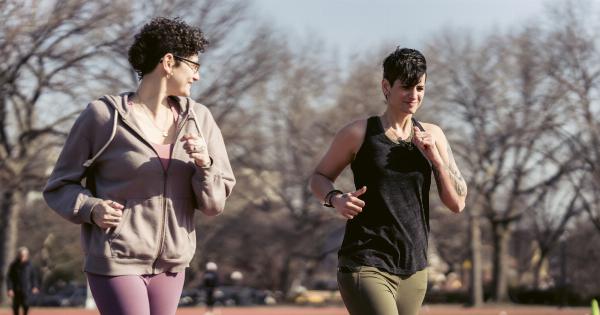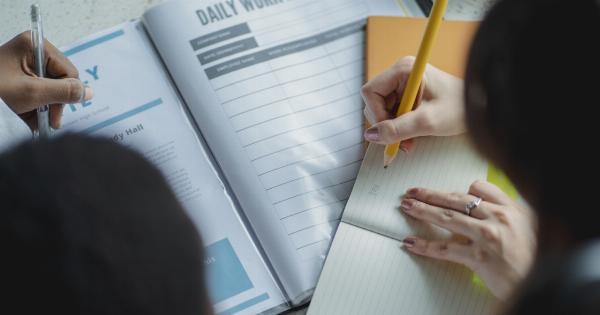Strokes are a type of medical condition that occur when the blood supply to the brain is disrupted, leading to a lack of oxygen and nutrients to brain cells.
This lack of blood flow can cause brain cells to die, leading to various physical and cognitive impairments.
Types of Strokes
There are two main types of strokes: ischemic and hemorrhagic.
Ischemic Strokes
Ischemic strokes are the most common type, accounting for about 87% of all strokes. They occur when a blood clot blocks a blood vessel, preventing blood flow to a specific part of the brain.
Hemorrhagic Strokes
Hemorrhagic strokes, on the other hand, occur when a weakened blood vessel ruptures, causing bleeding into the brain. This bleeding can damage brain cells and surrounding tissues.
Immediate Effects
The immediate effects of a stroke can vary depending on the severity and location of the brain damage.
Common symptoms include sudden numbness or weakness in the face, arm, or leg, difficulty speaking or understanding speech, vision problems, severe headache, and dizziness.
Physical Effects
The physical effects of a stroke can be quite debilitating. Many individuals experience weakness or paralysis on one side of their body, known as hemiplegia or hemiparesis.
This can affect their ability to walk, balance, and perform activities of daily living.
Cognitive Effects
In addition to physical impairments, strokes can also have significant cognitive effects. Some individuals may experience difficulties with memory, attention, problem-solving, and language skills.
Other cognitive changes may include emotional lability, depression, and difficulties with impulse control.
Speech and Language Challenges
Strokes often affect the areas of the brain responsible for speech and language. This can result in a condition called aphasia, which is a communication disorder that impairs a person’s ability to speak, understand, read, or write.
Speech therapy is commonly used to help individuals regain their communication skills.
Motor Function Recovery
Recovering motor function after a stroke can be a long and challenging process. Rehabilitation often involves physical therapy to improve muscle strength, range of motion, and balance.
Occupational therapy may also be necessary to assist with activities such as dressing, cooking, and bathing.
Cognitive Rehabilitation
Cognitive rehabilitation focuses on improving cognitive skills and addressing any deficits caused by the stroke.
This may involve various techniques, including memory training, problem-solving exercises, and compensatory strategies to help individuals adapt to their cognitive challenges.
Psychological Support
A stroke can have a significant psychological impact on both the individual and their loved ones. Depression, anxiety, and feelings of frustration or anger are not uncommon.
It is important for stroke survivors to have access to psychological support, such as counseling or support groups, to help them cope with these emotional challenges.
Home Modifications
In some cases, individuals may need to make modifications to their home environment to accommodate their physical limitations.
These modifications can include installing grab bars in the bathroom, widening doorways to accommodate a wheelchair, or adding ramps for easier access.
Long-Term Implications
The long-term implications of a stroke can vary from person to person. Some individuals may experience near-complete recovery and regain their independence, while others may require ongoing assistance and support.
It is essential for stroke survivors to have regular follow-up appointments with their healthcare team to monitor their progress and make any necessary adjustments to their treatment plan.





























